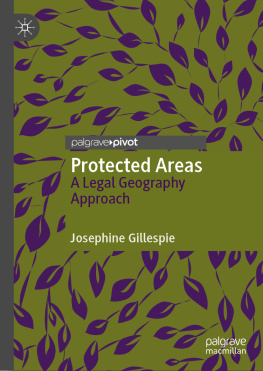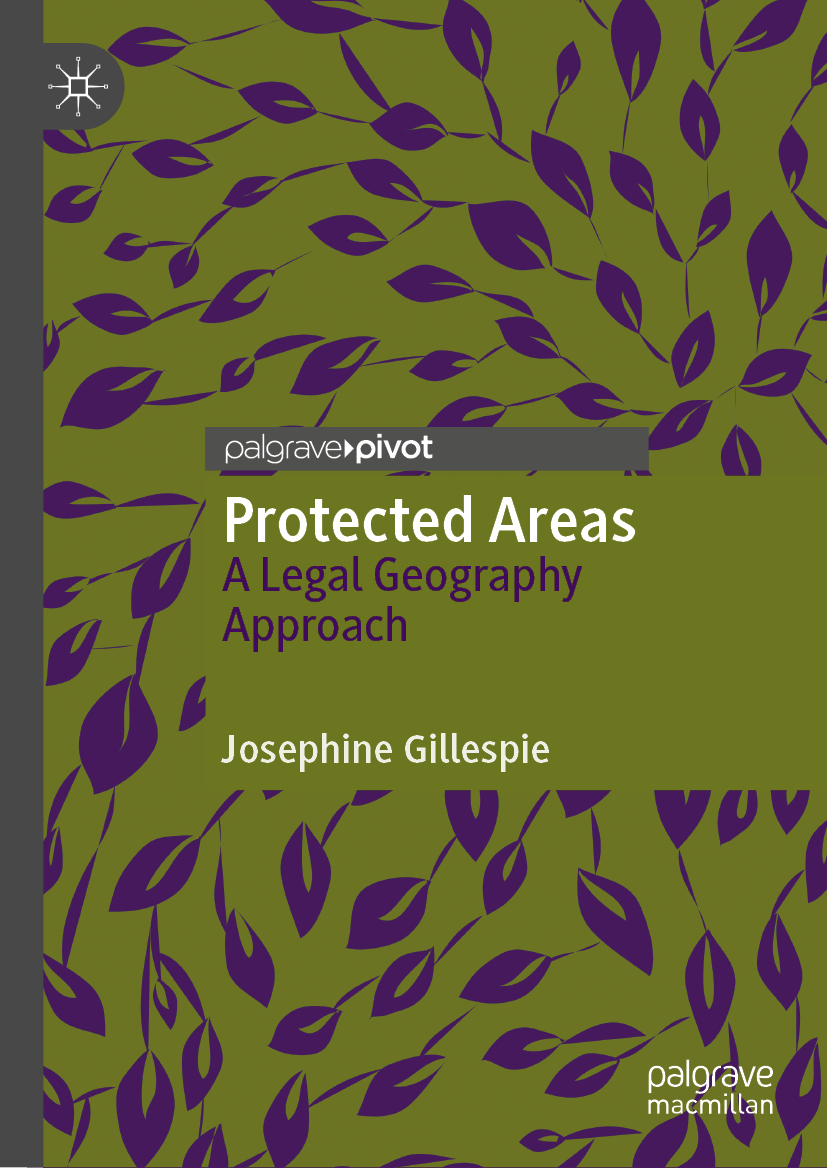Josephine Gillespie
School of Geosciences, University of Sydney, Sydney, NSW, Australia
ISBN 978-3-030-40501-4 e-ISBN 978-3-030-40502-1
https://doi.org/10.1007/978-3-030-40502-1
The Editor(s) (if applicable) and The Author(s) 2020
This work is subject to copyright. All rights are solely and exclusively licensed by the Publisher, whether the whole or part of the material is concerned, specifically the rights of translation, reprinting, reuse of illustrations, recitation, broadcasting, reproduction on microfilms or in any other physical way, and transmission or information storage and retrieval, electronic adaptation, computer software, or by similar or dissimilar methodology now known or hereafter developed.
The use of general descriptive names, registered names, trademarks, service marks, etc. in this publication does not imply, even in the absence of a specific statement, that such names are exempt from the relevant protective laws and regulations and therefore free for general use.
The publisher, the authors and the editors are safe to assume that the advice and information in this book are believed to be true and accurate at the date of publication. Neither the publisher nor the authors or the editors give a warranty, expressed or implied, with respect to the material contained herein or for any errors or omissions that may have been made. The publisher remains neutral with regard to jurisdictional claims in published maps and institutional affiliations.
Cover illustration: Melisa Hasan
This Palgrave Pivot imprint is published by the registered company Springer Nature Switzerland AG
The registered company address is: Gewerbestrasse 11, 6330 Cham, Switzerland
Preface
The purpose of this book is to rethink protected area management to take into account the importance of getting the law right. It argues that a thorough consideration of the people-place-law nexus must become a priority consideration in conservation policy making. On the brink of an extinction crisis, todays rates of biodiversity loss demand effective in situ conservation through protected area programs. Improving the effectiveness of protected areas requires a re-think about current approaches. I argue that taking into account existing people-place-law dynamics must not be a secondary consideration after the protected area is created. Too often these considerations are not prioritised in protected area designations.
My previous experience in the legal profession informs my approach. After many years in litigation I came to the belief that laws must be useful; that they must achieve what they are written for. I also believe that laws must be written for the people and places that they will impact. To write and implement laws in isolation from their context leads to unsatisfactory outcomes. Since returning to the university sector I now teach and research in the interdisciplinary area of law and geography. I turn to the scholarship of legal geography to implement this perspective.
Legal geography lies at the heart of this book. The key to improving current protected area approaches lies in integrating natural and social sciences. Understanding people-place dynamics is essential to this task. In doing this we need to consider the role of law in both shaping and reacting to people-place dynamics. Too often the economic, political and social are considered, but the law can, and often does, function as an independent structural component in governance decision-making. I argue that the law should not be overlooked as an independent factor in shaping people-place dynamics. This book seeks to recalibrate the role of law as an essential element in people-place dynamics. Understanding this role will enhance current protected area management practices.
I acknowledge that parts of this book are simplified to provide an overview of complex issues. The book is designed to synthesise rather than extrapolate complex conservation practice conundrums. I have not sought to achieve extensive coverage of the issues presented in this book but I have sought to introduce the idea that focusing on people-place-law dynamics is critical in driving new, fresh ways of thinking about how to make our important in situ conservation protected areas better.
Josephine Gillespie
Sydney, Australia
Acknowledgements
I would like to thank my colleagues in the field of legal geography. Within the Institute of Australian Geographers Legal Geography Study Group are a core group of cognate researchers who collegiately support the evolution of the dynamic field of legal geography. Without this stimulating group, our Australian-influenced brand of legal geography scholarship would be considerably poorer. Light-hearted moments are important to me and I would like to recognise my colleagues in the School of Geosciences at the University of Sydney for their support and encouragement, and most of all, lots of laughter. I also want to acknowledge the importance of succussive undergraduate student cohorts and especially my recent Honours students who always challenge and inspire my research. Finally, I want to thank my family and particularly Angus, Will and Dan, who always provide me with practical, sensible and down-to-earth advice.
Abbreviations/Acronyms
ICOMOS
International Council on Monuments and Sites
IPBES
Intergovernmental Science-Policy Platform on Biodiversity and Ecosystem Services
IUCN
International Union for Conservation of Nature
OECM
Other Effective Area-Based Conservation Measures
TWWHA
Tasmanian Wilderness World Heritage Area
UNEP
United Nations Environment Programme
UNESCO
United Nations Educational, Scientific and Cultural Organization
WCMC
World Conservation Monitoring Centre
WCPA
World Commission on Protected Areas
WPDA
World Database on Protected Areas
WWF
World Wildlife Fund
ZEMP
Zoning and Environmental Management Plan
Contents
List of Tables
Table 4.1 World Heritage Operational Guidelines 2017 regulatory burdens
Table 4.2 World Heritage properties (all types) in the Australasia-Oceania region
The Author(s) 2020
J. Gillespie Protected Areas https://doi.org/10.1007/978-3-030-40502-1_1
1. Challenges for Protected Areas: Biodiversity Loss, Place-People and Law Connections
Josephine Gillespie
(1)
School of Geosciences, University of Sydney, Sydney, NSW, Australia
Josephine Gillespie
Email:
Abstract
In this chapter, I consider the extraordinary phenomenon of planetary-scale biological diversity loss and introduce how one key answer aimed at halting these losses, namely in situ protected area conservation programs, are failing. Despite unprecedented efforts to preserve ecosystems and habitats we are facing an extinction crisis. In this context I introduce a new approach aimed at improving the efficacy of in situ conservation protected area schemes. I argue one solution can be found in legal geography scholarship. A legal geography approach empowers us to consider the intertwined regulatory people-place dynamics that enable or disable effective management practices. In the age of the Anthropocene, legal geography is both an applied and conceptual approach for our time.











